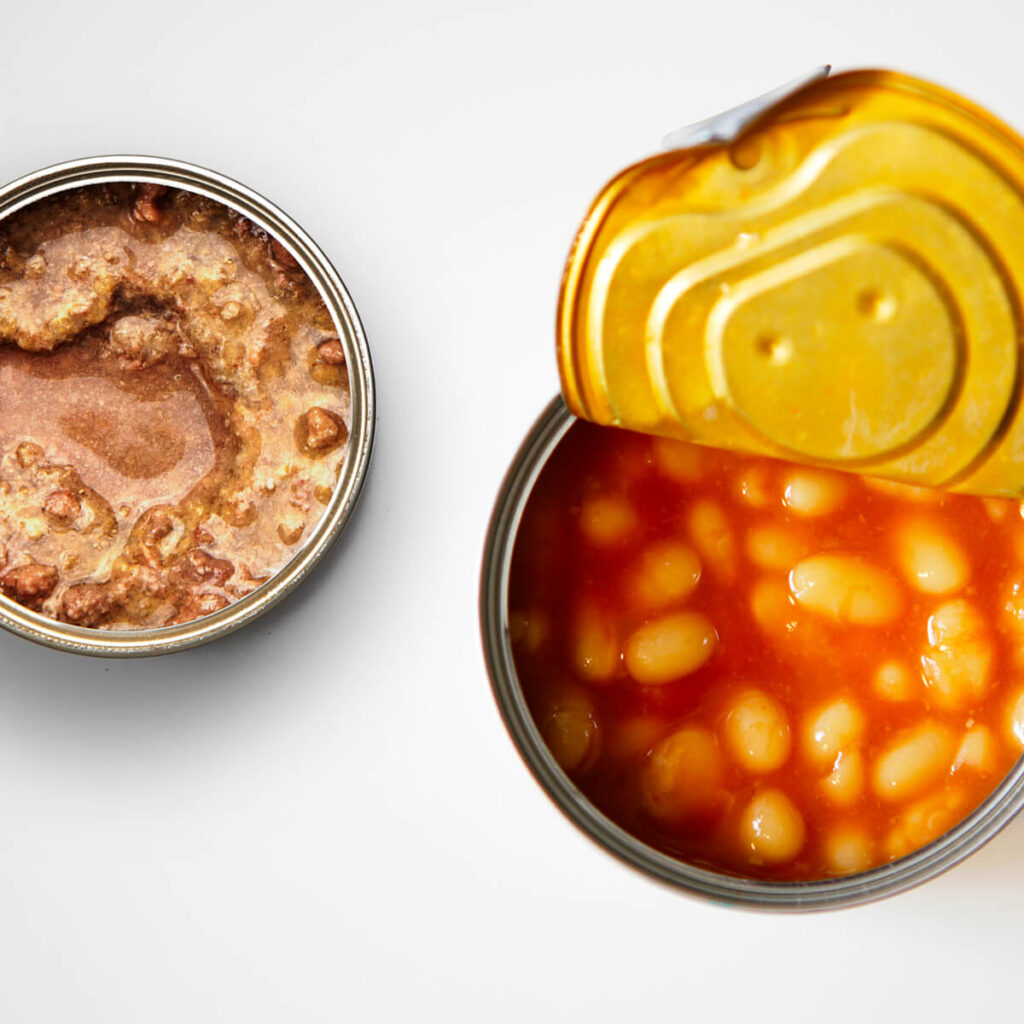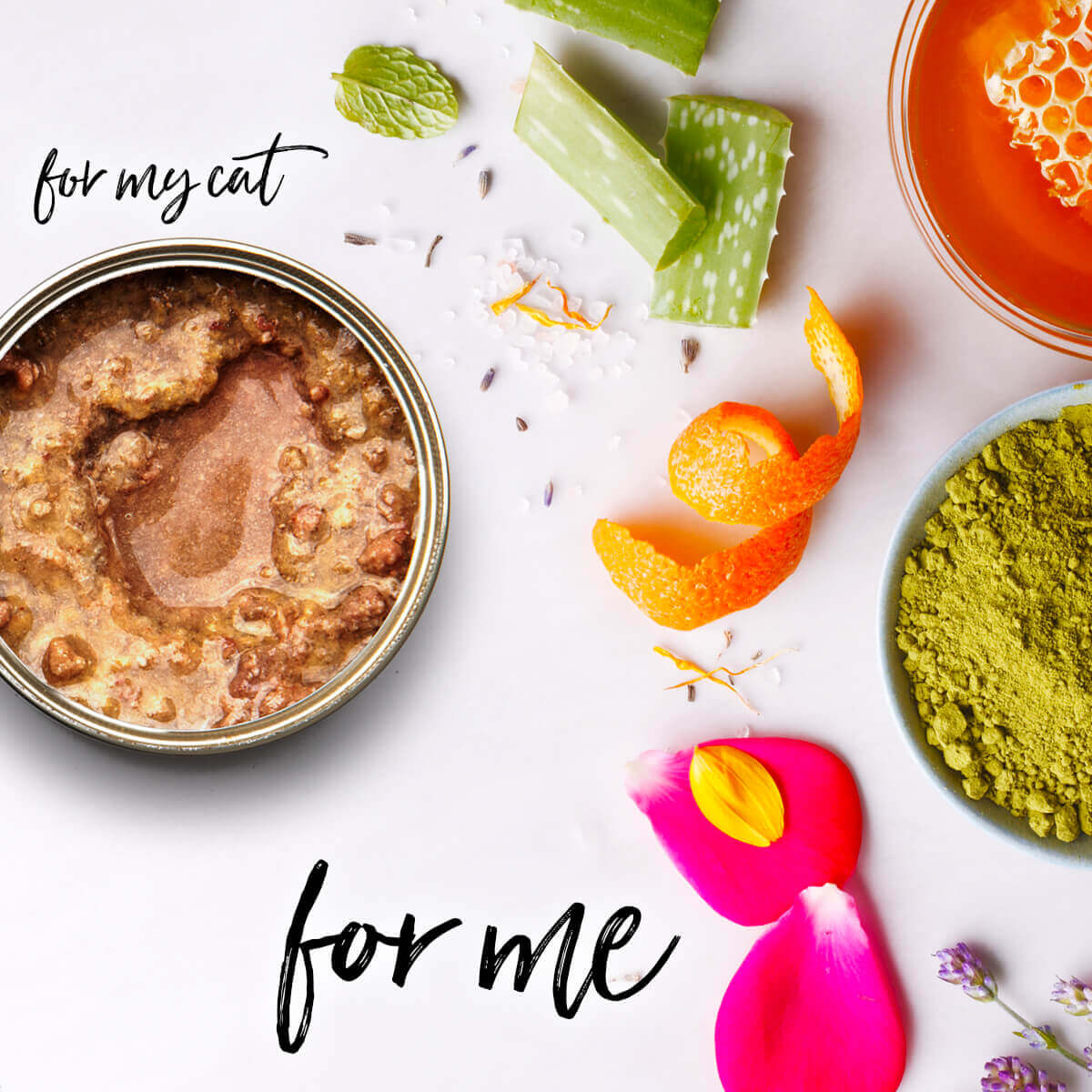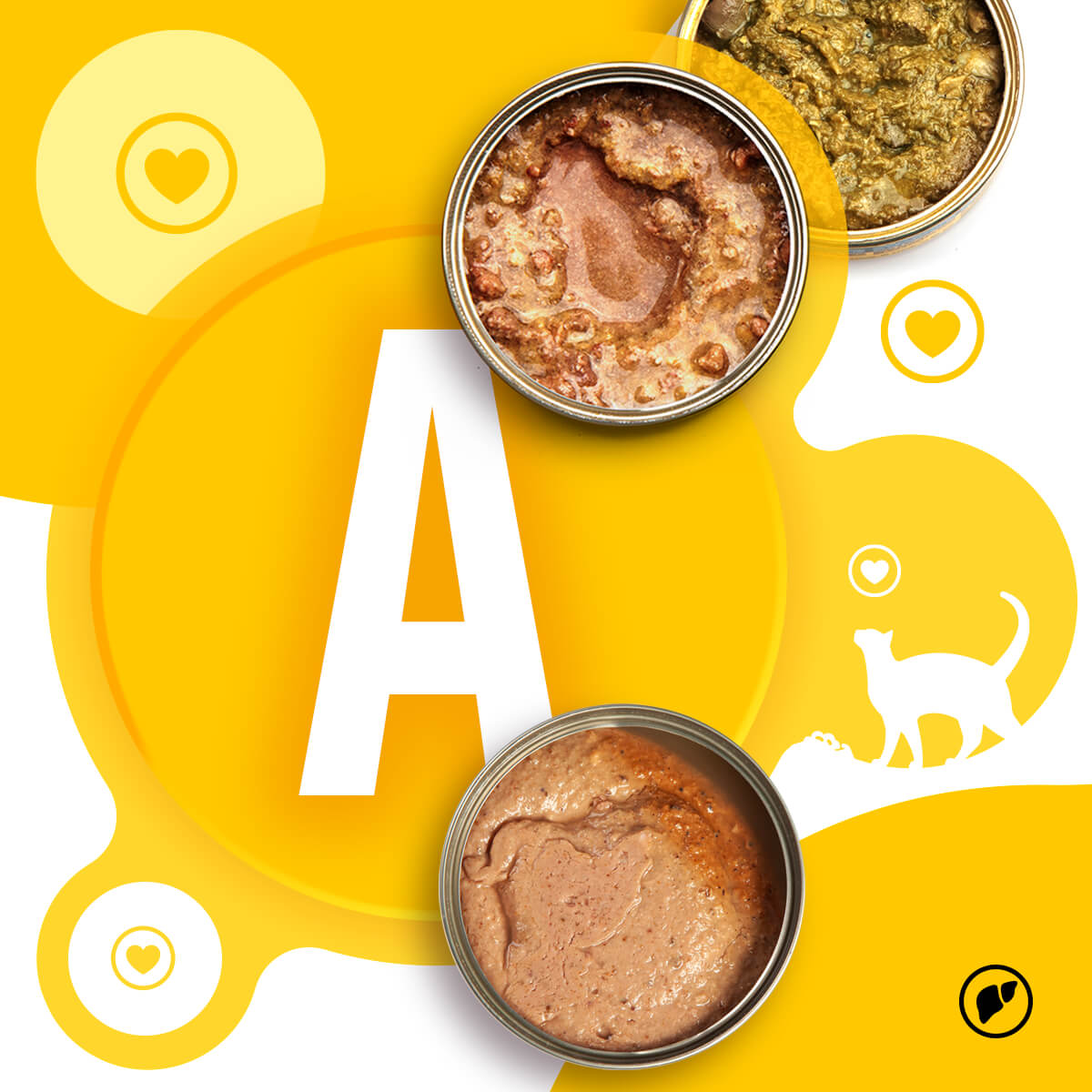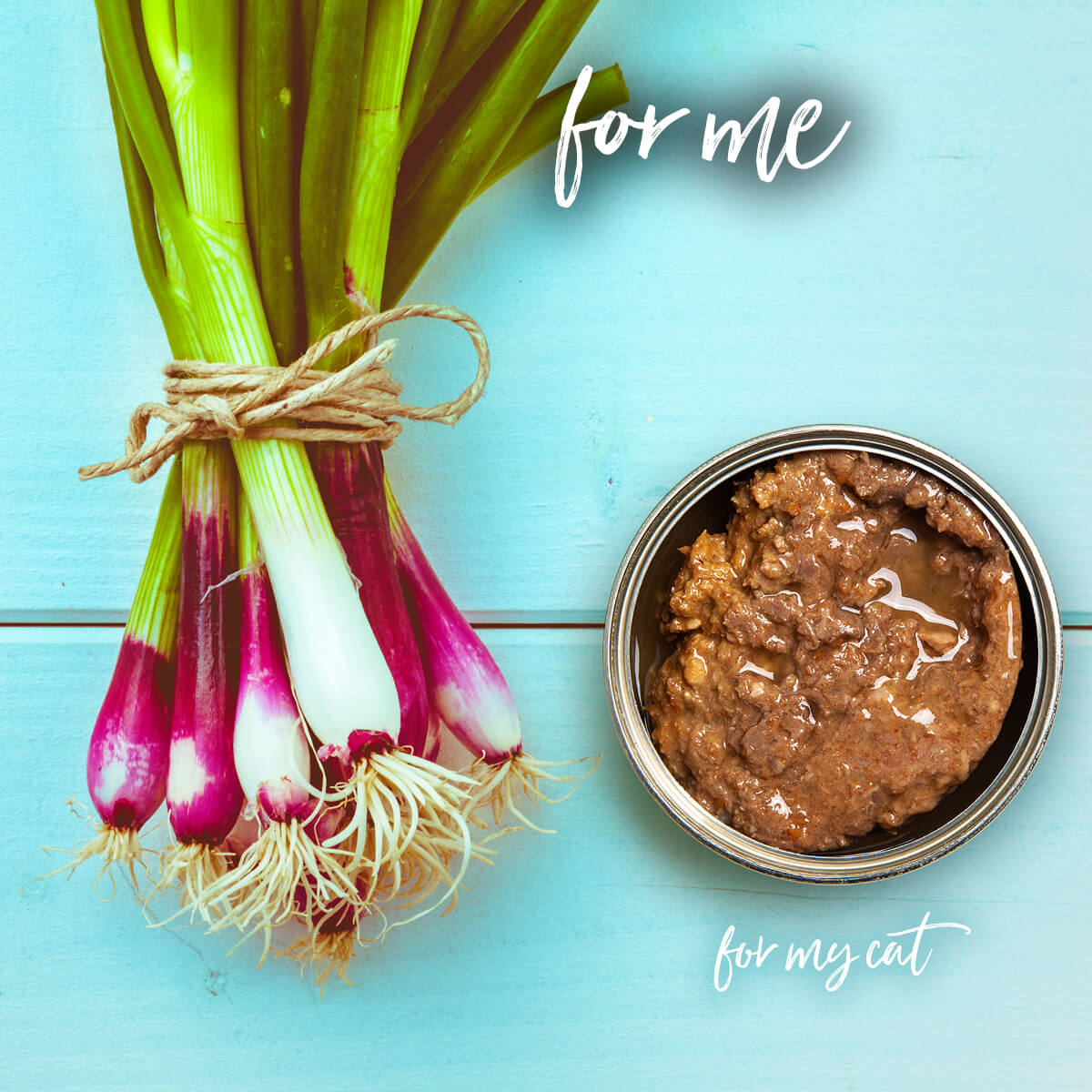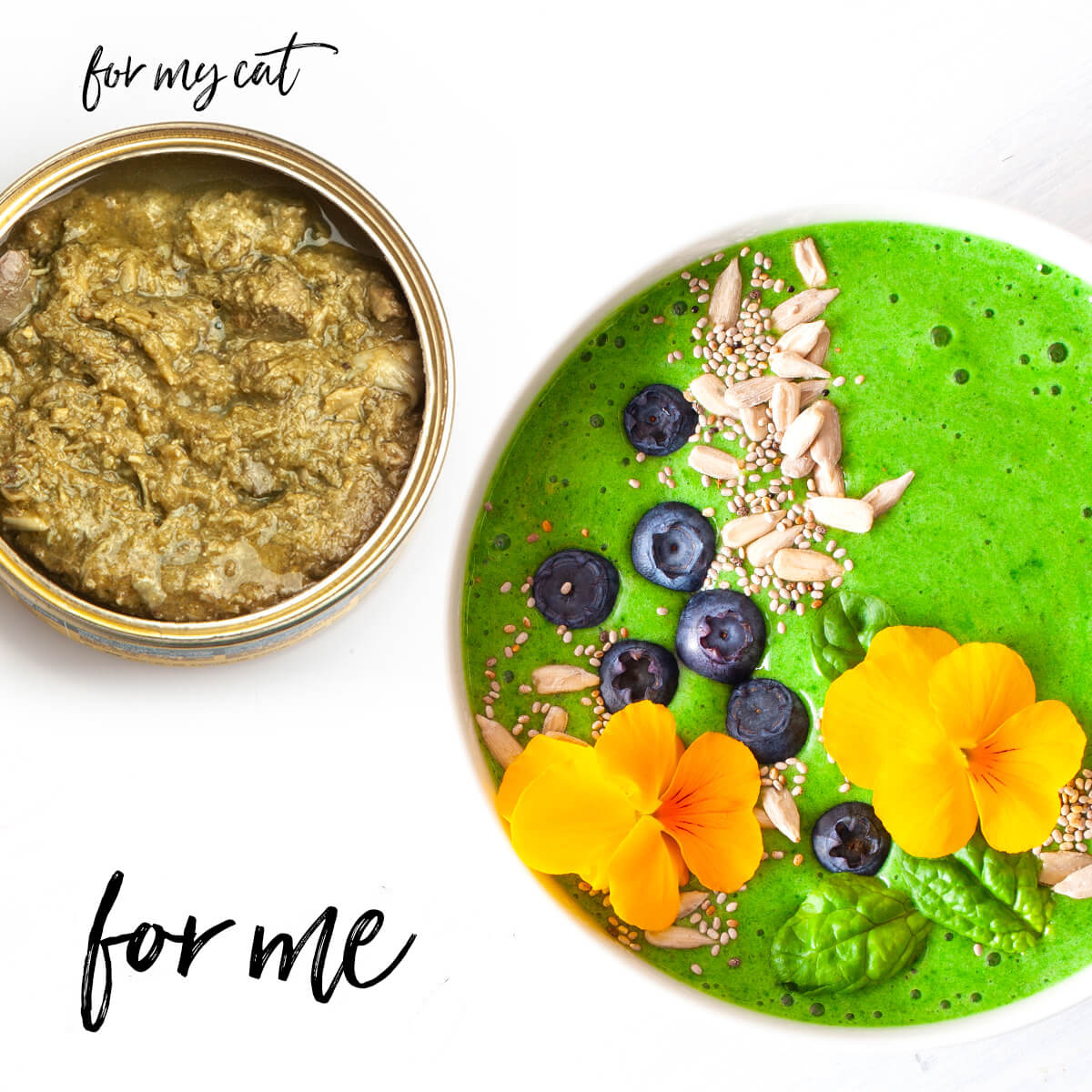Feeding cats their own specific food is relatively new
Most of us grew up with commercial cat food, whether in tins, bags or more recently in pouches. Although some people have always prepared raw food for their cats, few today would expect their cats to hunt for all their meals or be fed leftovers from the family table. But feeding cats this way is actually quite new.
For centuries, cats lived alongside humans as skilled rodent hunters, earning their keep by protecting food stores from mice and rats. They were expected to find and catch their own food. Those that could not hunt successfully often did not survive.
Commercial dog food began appearing in the 1860s, but tinned cat food only arrived much later, in the 1930s. We believe that as living conditions improved in the 20th century, fewer mice were around for cats to hunt. So if you wanted a cat in your home, you needed to provide its food.
Those early cat foods were not necessarily created to meet a cat’s complete nutritional needs. Instead, they were based on whatever ingredients were available, although they were mainly meat based. Today, research has revealed exactly what cats require to stay healthy, nutrients such as taurine, essential amino acids and omega fatty acids. That is why we carefully include them at 3coty®. If your cat does not need it, it is not in our food.
With your cat no longer chasing mice, what keeps it fit? Share your pictures or videos of your cat chasing its favourite toys.
Did you know?
The first food preserved in a tin was produced in 1810, when British merchant Peter Durand received a patent for his invention of the tin can. Commercial production began in 1813 when he partnered with others to establish the first canning factory. At first, tinned food was intended for soldiers and sailors who needed provisions that would last during long voyages. The process quickly spread to other countries and became a revolution in food storage. It would take another century before tinned cat food appeared, but that simple invention changed how people and animals were fed forever.
